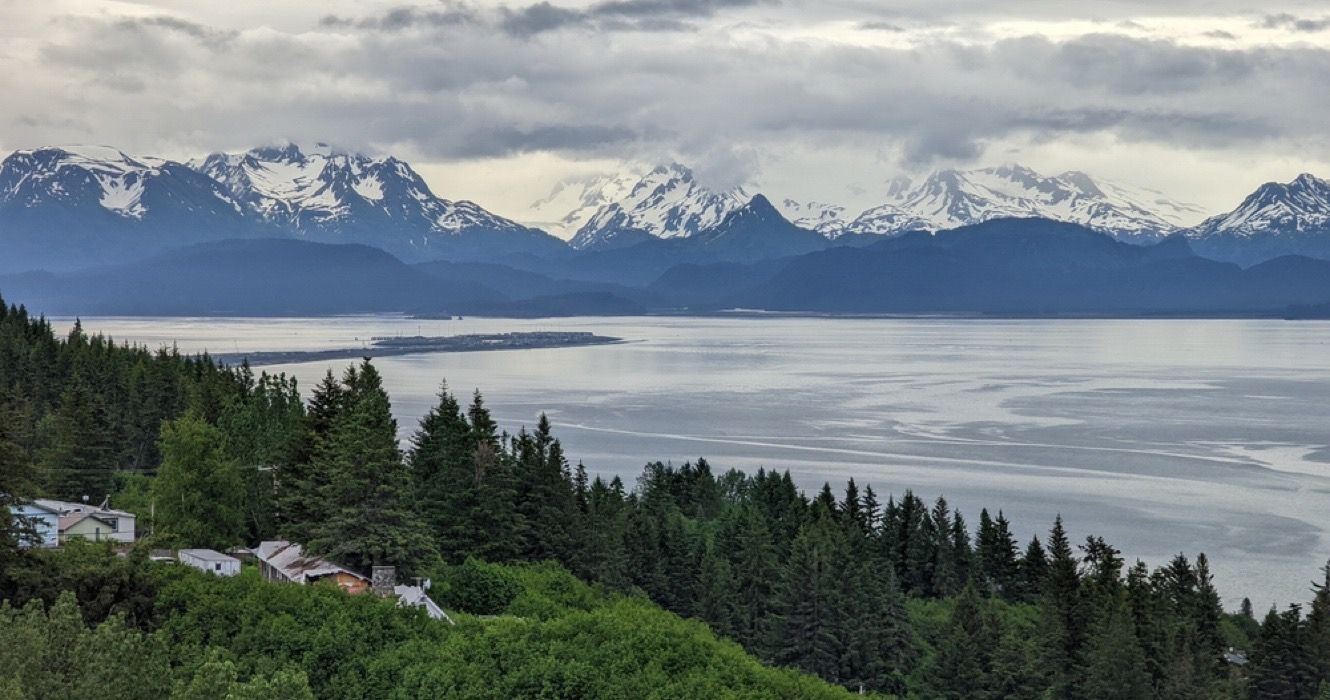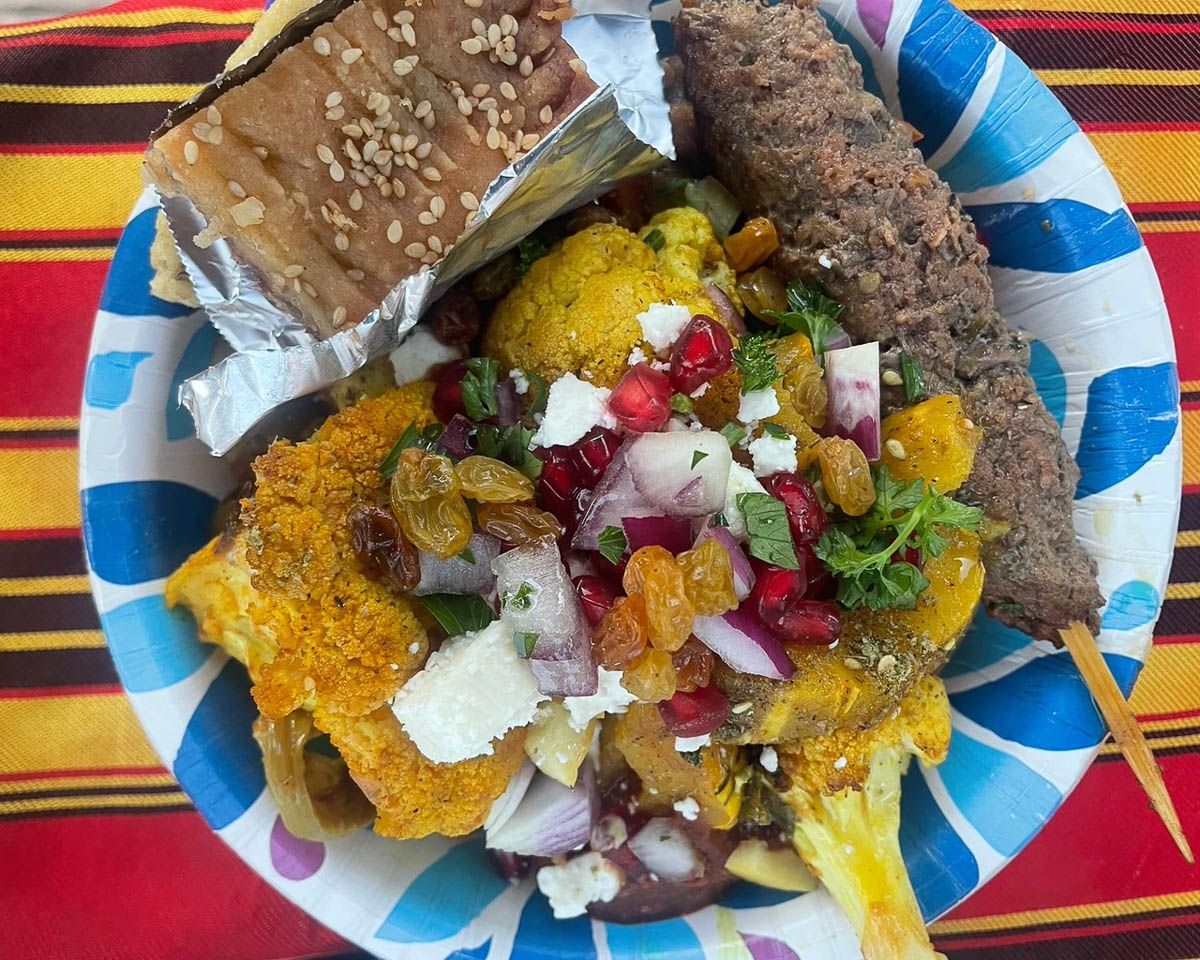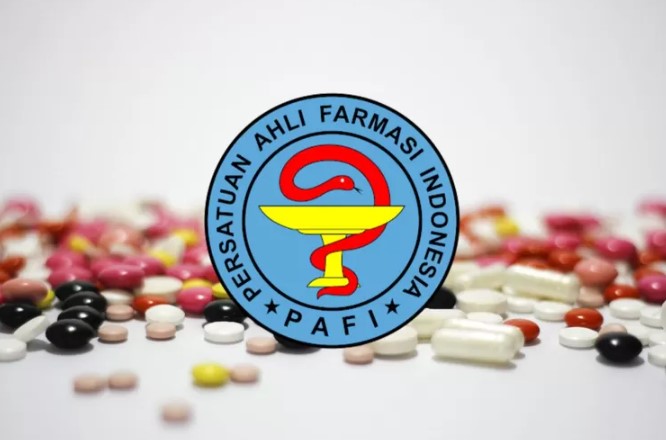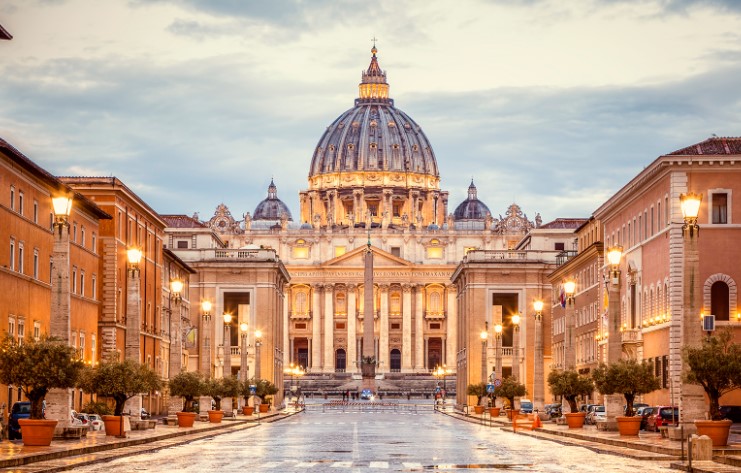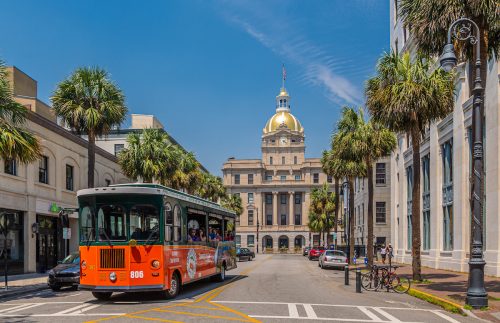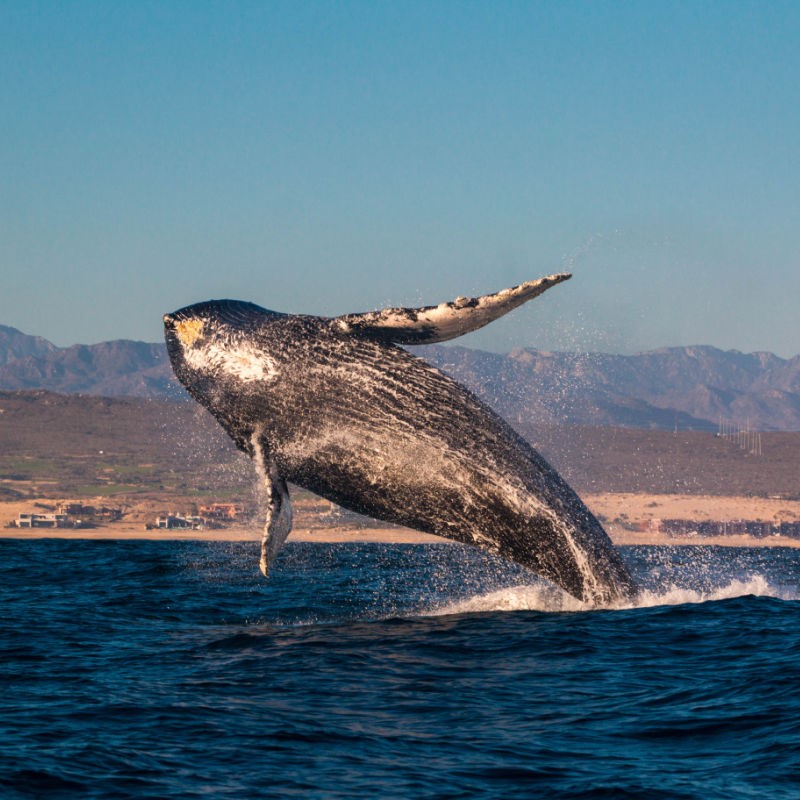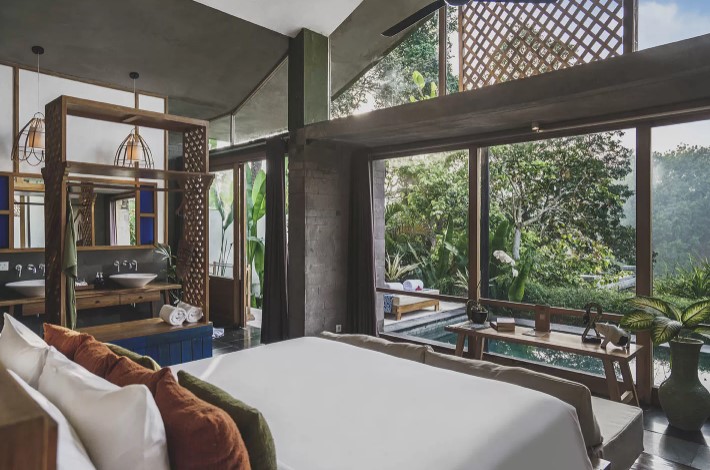How to choose the best ski mountain for you
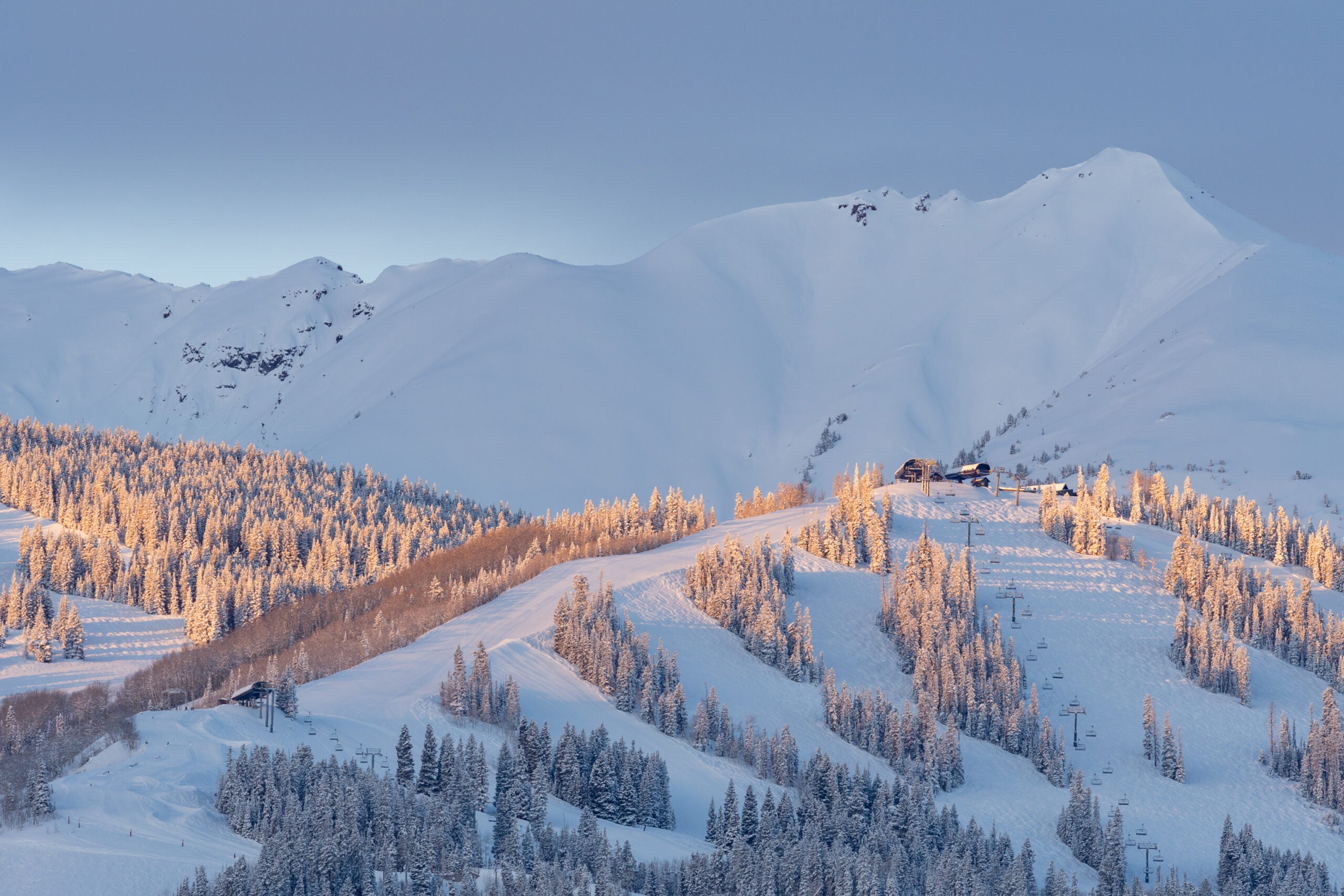
Ah, fall. The time of year when the days get noticeably shorter, the air becomes crisp, the leaves change color and the Farmers’ Almanac releases its annual long-range weather outlook for the winter season. If you’re a skier or snowboarder, these prompts also mean it’s time to start booking trips to the slopes.
While you can get your turns in at any resort, each mountain has its own appeal and distinct offerings that run the gamut from foodie-focused to family-oriented. Knowing the type of trip you want to take and what certain resorts are known for will help you choose the best powdery paradise for you.
Best for luxury: Whistler Blackcomb, British Columbia
Often rated as one of the best ski resorts in North America, Whistler Blackcomb has more than 8,100 acres of skiable terrain and is well known for its powder and its posh. There’s a superb array of upscale hotels, dining venues and nightlife options, as well as spas and other intrigues.
Stay on the Gold floor of the Fairmont Chateau Whistler for next-level luxury. Fairmont Gold may not be a secret, but few travelers know about the existence of the exclusive lifestyle hotel-within-a-hotel. This private floor has its own reception desk, concierge, lounge and amenities galore. This ski-in, ski-out resort also offers ski valet service and expert private guides who can show you around the mountains.
The best way to experience the apres-ski scene here is to reserve time at the nearby Scandinave Spa Whistler. This swanky hydrotherapy spa has massages, Finnish saunas, eucalyptus steam baths, cold plunge pools and hot tubs to help you unwind after long days on the ski hill.
Related: 7 ski resorts we can’t wait to visit again
Best for powder skiing: Alta Ski Area and Snowbird, Utah
Located in the Wasatch Mountains 30 miles east of downtown Salt Lake City, the adjacent resorts of Alta and Snowbird are consistently ranked as the snowiest in North America, offering an average annual snowfall of 500 to 550 inches and roughly 18 powder days — or more than 12 inches within 24 hours — each winter.
As any powder hound will tell you, it’s not just the quantity of the snow that matters. Quality is equally as important. The reason this region is considered the powder capital of the world is that the snow that falls on its slopes has a low moisture density of 8.5{95dd749b4a874bc27f565dcef4d2c503df0cc86c9838335621b407362d2ba4ee}, which translates to light, fluffy snow — the kind you can float through.
Between the two resorts, there are 4,700 skiable acres serviced by 15 chairlifts and a new aerial tram. Visitors can buy an Alta-Bird Pass to access both resorts, though Snowbird is the only one that permits snowboarders.
Sign up for our daily newsletter
Related: How to plan your ski trip with points and miles
Best for terrain parks: Mammoth Mountain Ski Area, California
There’s a reason Mammoth Mountain is where many of the pros go to train. It has one of the best and largest terrain parks in North America. The Unbound Terrain Parks have two halfpipes, 50 jumps and more than 100 jibs (rails, benches and other park features) spread across 100-plus acres of terrain.
Main Park, ideal for advanced shredders, has big features, jumps, technical rails and a 22-foot halfpipe. Meanwhile, South Park and Forest Trail have long, flowy jump and jib lines that are more accessible for intermediate rippers.
There’s also Transition Park, where bowls, banks, spines, volcanoes and other fun features for skills practice are available. Additionally, skiers and snowboarders can check out the Disco, Wonderland and Eagle playgrounds, beginner-friendly parks for smallies learning how to ski or ride gentle rollers, small snow spines, miniboxes and progressive jumps.
Related: 6 California trips for every type of traveler
Best for eco-friendly practices: Aspen Snowmass, Colorado
The resort’s parent company, Aspen Skiing Company, has set green building guidelines, created a system to generate carbon-negative electricity, added solar arrays and implemented composting and local food sourcing at its on-mountain restaurants. It’s even built a micro hydro plant that uses water from a snowmaking pond to generate power throughout the resort.
Base yourself at the Limelight Hotel in Aspen and you may notice steps the property has taken to reduce its carbon footprint, such as providing guests with free in-town transportation and the option not to have their linens and towels changed daily. Refillable pumps are also used for toiletries instead of single-use plastic bottles, and recycling bins can be found in each room and throughout public spaces.
Related: 8 sustainable travel tips from expert green travelers
Best for proximity to a major city: Le Massif de Charlevoix, Quebec
Le Massif de Charlevoix is located about an hour northeast of Quebec City and its international airport. It’s an easy choice for skiers and riders who don’t want to venture too far from a major city and are eager to take advantage of the favorable U.S.-to-Canadian dollar exchange rate.
At this Canadian resort, you’ll find a top-notch apres-ski scene, sweeping views of the St. Lawrence River and long, steep runs. It has the highest vertical drop east of the Canadian Rockies (measuring 2,256 feet) and an average annual snowfall of 212 to 250 inches. Plus, there are 53 trails spread across more than 406 skiable acres that offer everything from mogul fields and glades to powder bowls and cruisy groomers.
If you’re a more experienced skier, odds are Le Massif de Charlevoix is already on your radar, as it’s home to a triple black diamond run known as La Charlevoix. It’s considered one of the most difficult ski runs in the world, in part because it has a pitch of 64{95dd749b4a874bc27f565dcef4d2c503df0cc86c9838335621b407362d2ba4ee}, is never groomed and is about as icy as they come.
Related: Best credit cards to use on ski trips
Best for escaping the crowds: Big Sky Resort, Montana
Big Sky Resort sits in the southwest corner of Montana. Despite being located in one of America’s most rural states, it’s easily accessed by 30-plus nonstop daily flights that land in nearby Bozeman.
If you’re looking for wide-open spaces and lots of elbow room, this is the resort to visit. The property receives more than 400 inches of snowfall every year and features 300 runs on 5,850 acres of skiable terrain, which amounts to a spacious 2 acres per skier.
The resort hosts around half a million skiers and snowboarders every season, which is much lower than other ski destinations like Vail Resorts (1.6 million) and Jackson Hole Mountain Resort (715,000). In fact, Big Sky takes its space seriously, limiting day tickets on popular dates to make sure the slopes don’t get overcrowded. Lift line wait times are usually minimal, too, due to the resort offering 36 options, including the country’s only high-speed, eight-seat Ramcharger 8, a lift that can bring up to 3,600 riders to the top of Andesite Mountain per hour.
Related: I stayed at a luxury ranch in Montana — and I didn’t want to go home
Best for families: Smugglers’ Notch Resort, Vermont
You’ll find Smugglers’ Notch 5 miles north of Stowe Mountain Resort in the beautiful New England state of Vermont. It’s frequently lauded as the most family-friendly because it has private and group ski and snowboard lessons for beginners that are divided by age group and learning capacity. Additionally, families can take advantage of child care for kids who are 6 weeks to 3 years old, baby ski gear rentals and free lift tickets for children younger than 5 when they’re not interacting with mascot characters roaming the slopes.
The impressive child care center is surrounded by a 4,000-square-foot outdoor playground that’s staffed by personnel who are trained in child development, first aid and CPR. A number of other kid-friendly facilities are available as well, including pools, an activity center, an outdoor ice skating rink and an arcade.
When it’s time to hit the slopes, families can rest easy knowing that 19{95dd749b4a874bc27f565dcef4d2c503df0cc86c9838335621b407362d2ba4ee} of the trails are green and 50{95dd749b4a874bc27f565dcef4d2c503df0cc86c9838335621b407362d2ba4ee} are blue, so there are plenty of beginner-appropriate options perfect for those who are learning. Several challenging options for teens and parents — including black and double black diamond slopes that comprise 31{95dd749b4a874bc27f565dcef4d2c503df0cc86c9838335621b407362d2ba4ee} of the resort’s runs — are available, too, when families master the easier runs.
Related: How your kids can ski for free this winter season
Best for on-mountain dining: Deer Valley Resort, Utah
Come for the skiing, stay for the cuisine. Deer Valley is known for its award-winning culinary delights, and its turkey chili has developed a cult following. There are more than a dozen restaurants at the resort, ranging from grab-and-go stops to eight-course feasting extravaganzas. Under the direction of executive chef Peter Menteer, the dining scene continually evolves, with a strong focus on sustainability.
Although there are many exceptional spots worth grabbing a bite to eat at, the new high-end seafood and steak restaurant called Cast & Cut promises to be a crowd pleaser. It will debut at the Snow Park Lodge for the 2022-23 season.
While visiting, don’t forget to also check out the Taste of Luxury Series, a December event featuring six-course Italian dinners and wine pairings with chef Massimo Bottura. Head to the Fireside Dining venue at the Empire Canyon Lodge to partake in the foodie extravaganza.
Related: A powder hound in the making: 4 tips for taking your 1st ski trip as an adult
